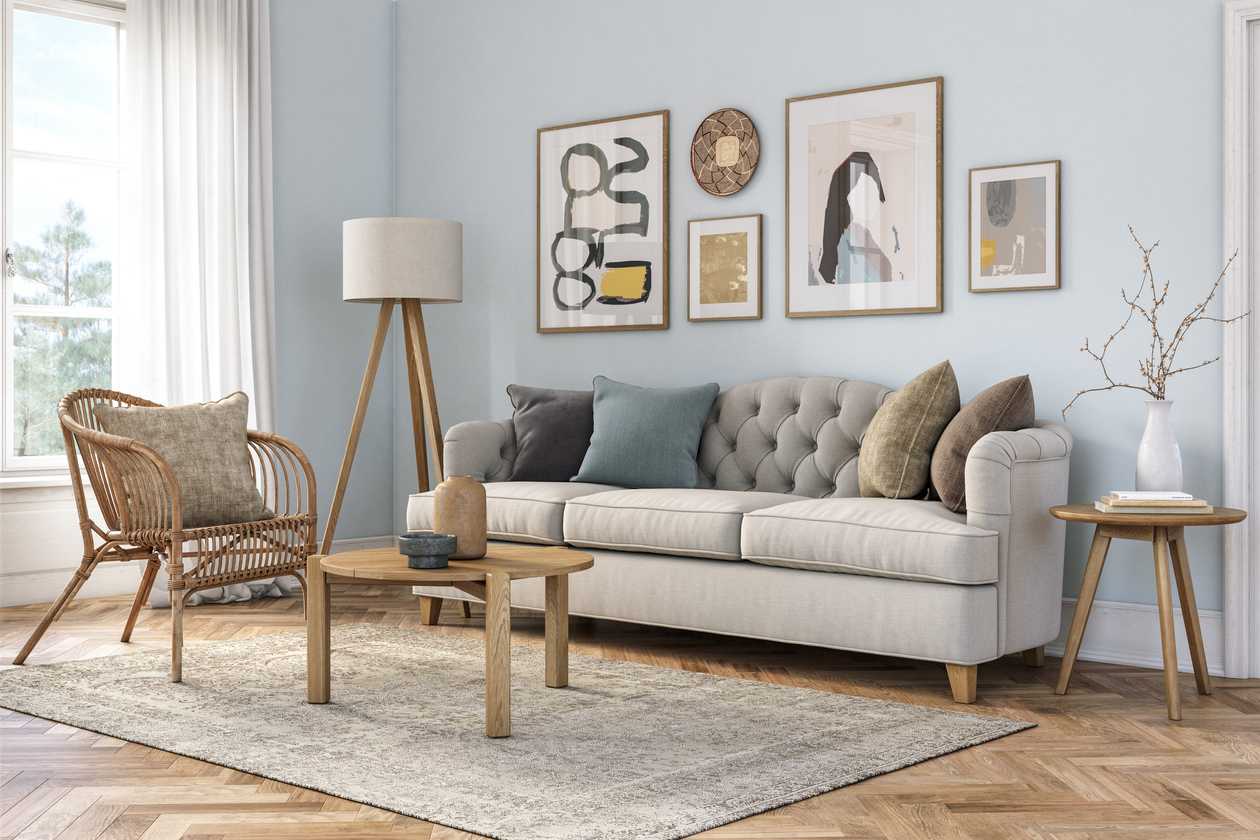Title: Eco-Friendly Furniture: Sustainable Choices for a Greener Home
As awareness of environmental issues grows, many people are seeking ways to reduce their ecological footprint, even when it comes to furnishing their homes. Eco-friendly furniture offers a sustainable alternative to traditional pieces, helping to minimize environmental impact while creating a stylish and comfortable living space. From materials sourced responsibly to manufacturing practices that prioritize sustainability, there are various aspects to consider when choosing eco-friendly furniture for a greener home. Here are some sustainable choices to consider:
1. **Reclaimed Wood Furniture**: Reclaimed wood furniture is made from salvaged wood sourced from old buildings, barns, and other structures. By repurposing wood that would otherwise end up in landfills, reclaimed wood furniture reduces the demand for new timber and helps preserve forests. These pieces often have a unique character and history, adding charm and authenticity to any home.
2. **Bamboo Furniture**: Bamboo is a fast-growing and renewable resource that is used to make eco-friendly furniture. Bamboo furniture is lightweight, durable, and versatile, making it an excellent choice for sustainable home furnishings. Bamboo grows rapidly and can be harvested without causing damage to the environment, making it an eco-friendly alternative to traditional hardwoods.
3. **FSC-Certified Wood Furniture**: Look for furniture made from wood that is certified by the Forest Stewardship Council (FSC), which ensures that the wood comes from responsibly managed forests that adhere to strict environmental and social standards. FSC-certified wood furniture helps promote sustainable forestry practices and supports the conservation of forest ecosystems.
4. **Recycled Materials**: Furniture made from recycled materials, such as recycled plastic, metal, or glass, offers a sustainable alternative to virgin materials. Look for pieces that incorporate recycled content and support the circular economy by reducing waste and conserving resources.
5. **Low-VOC Finishes**: Volatile organic compounds (VOCs) are chemicals found in many furniture finishes and coatings that can off-gas harmful pollutants into the air. Choose furniture with low-VOC or zero-VOC finishes to minimize indoor air pollution and create a healthier home environment.
6. **Modular and Multifunctional Designs**: Choose furniture with modular or multifunctional designs that maximize versatility and adaptability. Modular furniture allows you to customize and reconfigure your living space as needed, reducing the need for additional pieces and minimizing waste. Multifunctional furniture serves multiple purposes, such as a sofa that converts into a bed or a coffee table with built-in storage, maximizing functionality in small spaces.
7. **Local and Handcrafted Pieces**: Support local artisans and craftsmen by choosing locally made and handcrafted furniture. Locally sourced materials and production methods reduce transportation emissions and support the local economy. Handcrafted pieces often have a higher level of quality and craftsmanship, ensuring longevity and durability.
8. **Durable and Timeless Designs**: Invest in high-quality furniture with durable construction and timeless designs that will stand the test of time. Choose pieces that are built to last and withstand daily wear and tear, reducing the need for frequent replacements and minimizing waste.
By choosing eco-friendly furniture for your home, you can reduce your environmental impact, support sustainable practices, and create a healthier and greener living space. Whether you opt for reclaimed wood, bamboo, FSC-certified wood, recycled materials, low-VOC finishes, modular designs, local craftsmanship, or durable construction, there are plenty of sustainable choices available to help you furnish your home responsibly. Make eco-friendly furniture a priority in your home decor choices and contribute to a more sustainable future for the planet.



